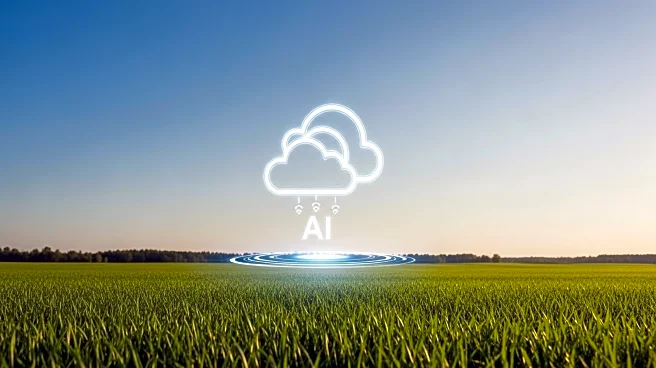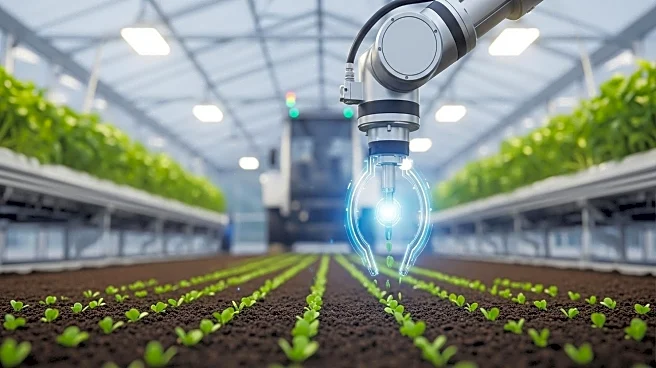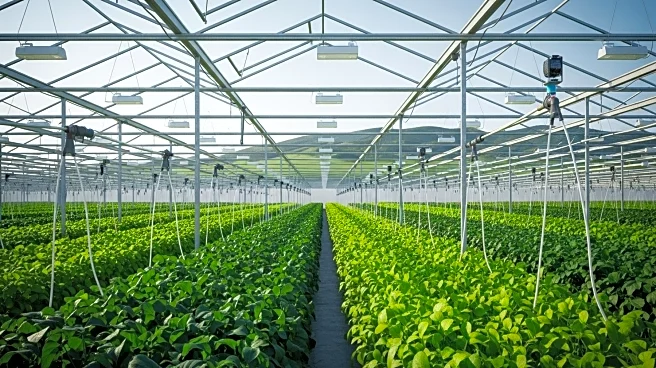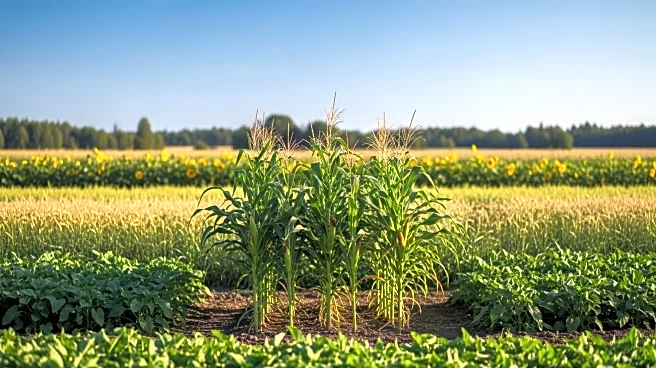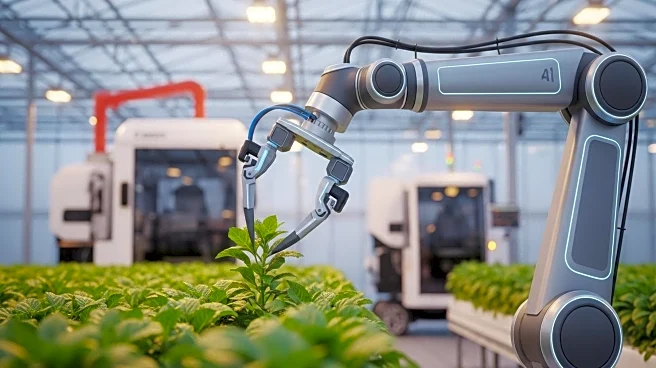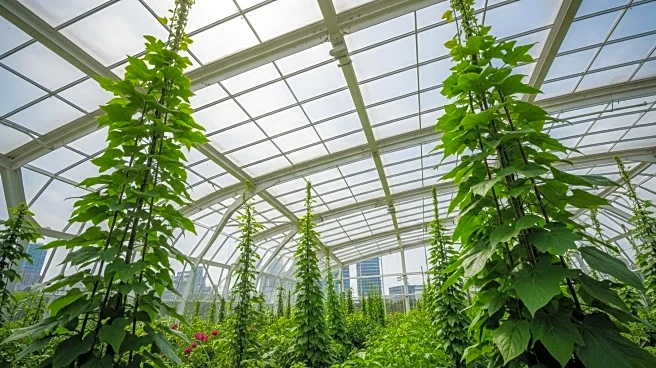What's Happening?
Artificial intelligence is transforming weather forecasting by providing accurate, localized predictions at a fraction of the computational cost of traditional physics-based models. These AI-driven models, such as Pangu-Weather and GraphCast, have demonstrated the ability to match or even outperform conventional systems in certain predictions, like temperature. The reduced computing power required allows these models to run on laptops instead of supercomputers, making them accessible to national meteorological agencies in developing countries. This technological advancement is crucial for farmers who rely on timely weather forecasts to make informed decisions about planting and crop management, especially in regions where traditional forecasting models are prohibitively expensive.
Why It's Important?
The introduction of AI-powered weather forecasting models is significant as it democratizes access to reliable weather predictions, particularly in low- and middle-income countries. These models can help farmers optimize planting schedules, manage resources efficiently, and mitigate risks associated with unpredictable weather patterns. By providing accurate forecasts, AI models can enhance agricultural productivity and reduce costs, contributing to food security and economic stability in vulnerable regions. Furthermore, the ability to predict extreme weather events more accurately can improve disaster preparedness and response, potentially saving lives and reducing economic losses.
What's Next?
The integration of AI weather forecasting into government systems is underway, with efforts to tailor these models to local agricultural needs. Organizations like AIM for Scale are collaborating with governments to develop AI tools that address real-world challenges, including training users and customizing forecasts for farmers. International development institutions and the World Meteorological Organization are working to expand access to these models in developing countries. As AI technology continues to advance, there is potential for further improvements in long-term weather predictions, which could provide even greater benefits to farmers and other stakeholders.
Beyond the Headlines
The shift to AI-driven weather forecasting represents a broader trend in climate adaptation, where technology plays a crucial role in addressing environmental challenges. By empowering farmers with better information, AI models can contribute to sustainable agricultural practices and resilience against climate change. However, the success of these models depends on effective implementation and user engagement, highlighting the need for ongoing support and collaboration between technology developers, governments, and local communities.

